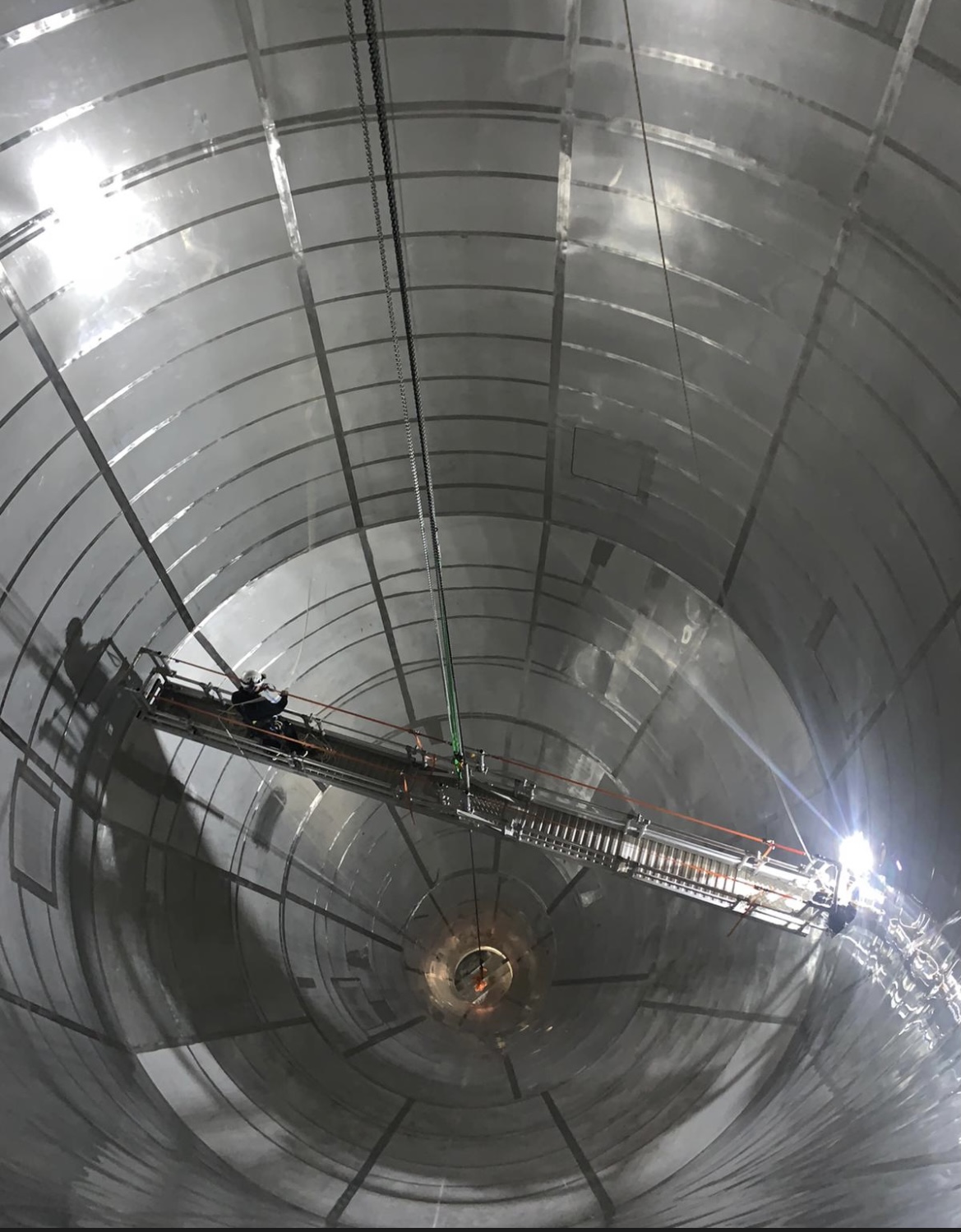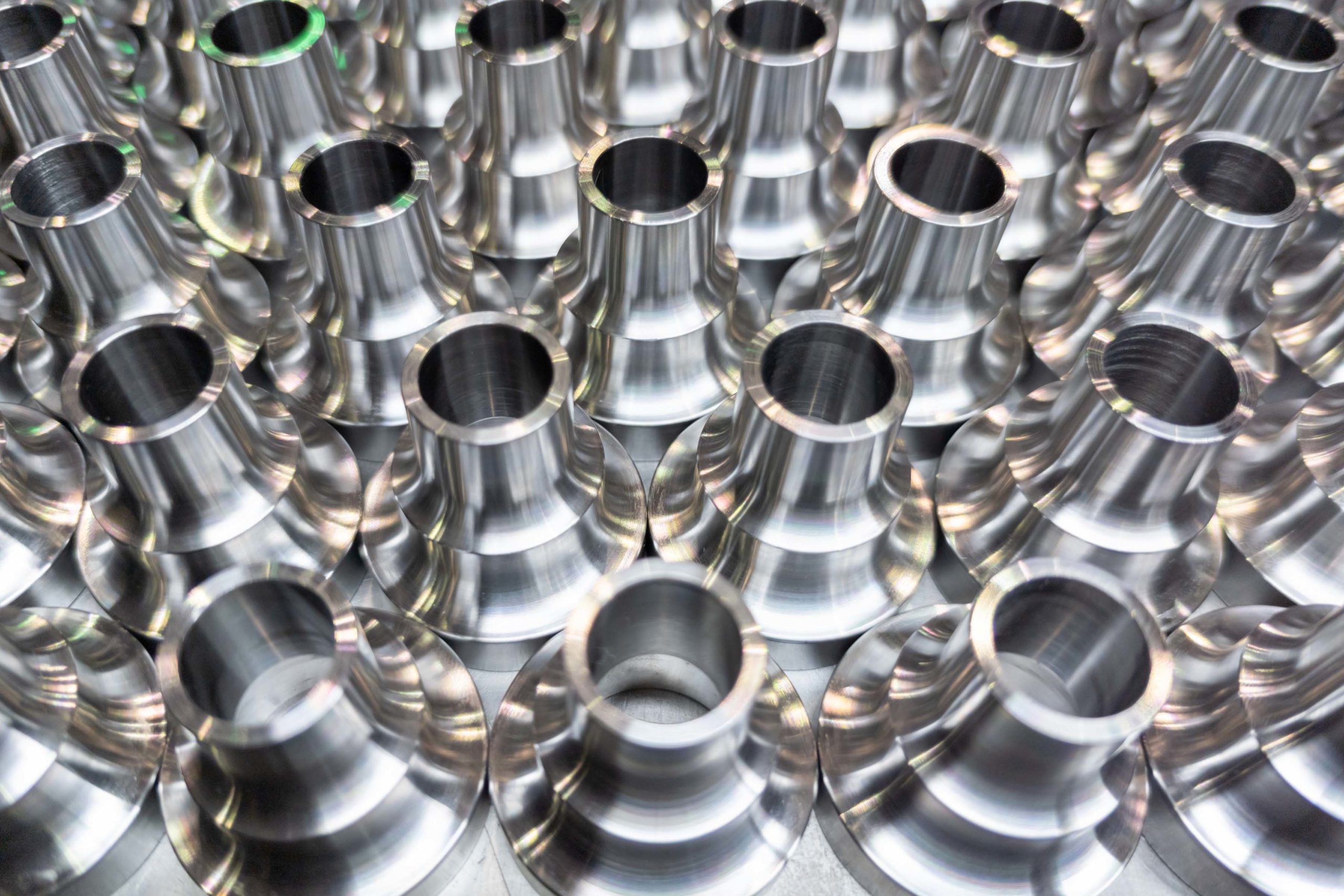Non-Destructive Crack Detection Vessel Testing
Using traditional types of inspection methods when inspecting vessels may pose potential risks. These risks include the possibility of surface cracking the vessel due to the installation of scaffolding or possible contamination of products due to chemicals or dyes used for testing. Plus, non-visual defects and flaws may not be easily identified through these traditional visual inspection methods. NDT method inspection technologies can help manufacturers identify hidden cracks and defects while preventing the creation of more cracks using ultrasonic testing.

Vessel test inspection for detecting defects using an electronic scanner
Bioscan’s non-destructive testing for crack detection uses an electronic ultrasound scanning device that can detect visual and non-visual defects on vessels with real-time analysis. Non-destructive testing can detect cracks, incomplete welds, corrosion cavities open to the surface and porosity accurately without applying dye penetrants or any other harmful chemicals. This makes it safe for use in a production area by minimizing the risk of contamination with traditional fluorescent dye penetration tests. An interchangeable aluminum gantry or rope access method are used for access during inspection and repairs. This is done instead of installing scaffoldings that may create more damage to the vessel.
The testing procedure will take 24 to 48 hours depending on the size of the vessel and the number of defects. The electronic scanner will be used by the technician to scan 100% of the vessel surface. The device will send audible and visual signals on locations of the defective surface. This process is similar to the Eddy current testing method as well as magnetic particle inspection, which are both non destructive methods of testing found commonly in the aerospace industry. However, for food and pharma production, these methods are now also commonly used as they are the most effective and the safest.
Benefits
- Detailed analysis report of defects with photos
- Less downtime
- Less risk of contamination (No dyes/ chemicals used)
- Rope access methods available for all vessels

